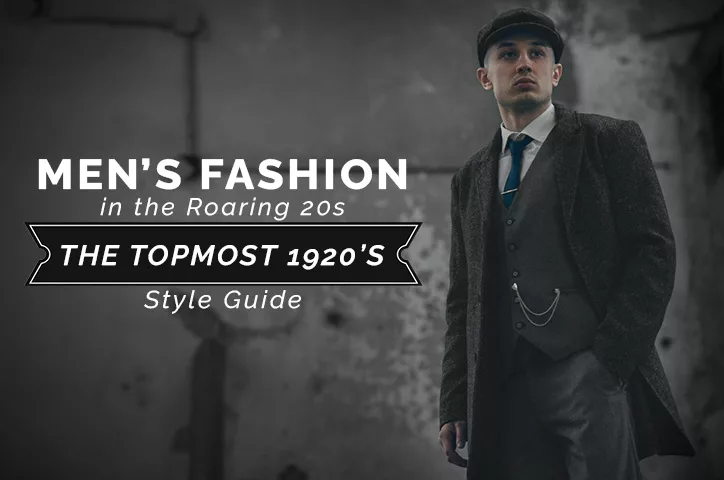
Any exploration of male fashion in the 1920s must begin with some historical context. This is all about prestige and work when it comes to knowledge of men’s wear in the 1920s. For many, it was a prosperous time when appearance and clothing were paramount. It was also the period of consumerism and widespread advertising. While men were hesitant to adopt new designs, women wanted to see their husbands dressed in current, attractive clothing that showed their wealth and social status.
If you’re seeking methods to respect the fashion of a century ago, keep reading for all the details. Here are some suggestions for recreating the classic, timeless styles of Roaring 20s Attire in the United States.
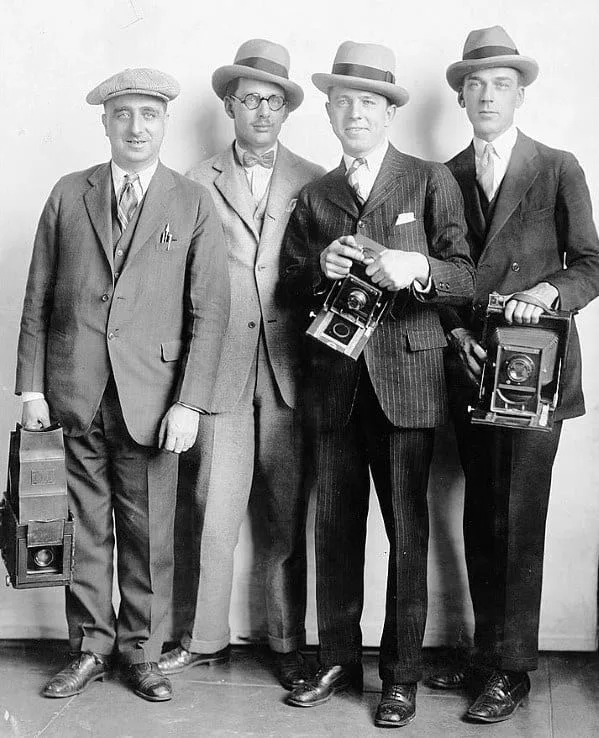
Contrary to popular belief, there are certain misconceptions concerning 1920s clothing.
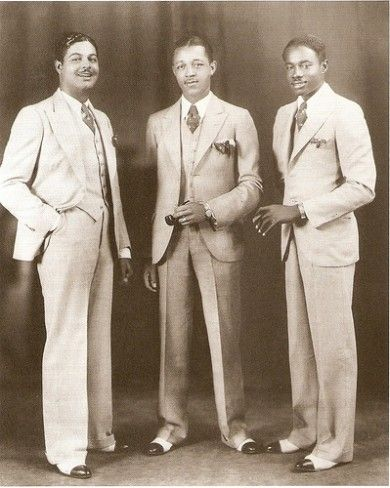
Perhaps you’ve seen Glam’s virally successful film on 100 years of men’s fashion. While the team was fantastic, the topic matter and clothing were mainly incorrect. Perhaps you’ve seen a few gangster films or episodes of Boardwalk Empire and believe that all guys wore back then were Roaring 20s pinstripe suits and Tommy guns, and they didn’t. Instead, we vow to discuss what actual guys were like back then.
Jackets in Real 1920s Menswear: Slim and Elegant, but It’s still Hefty!
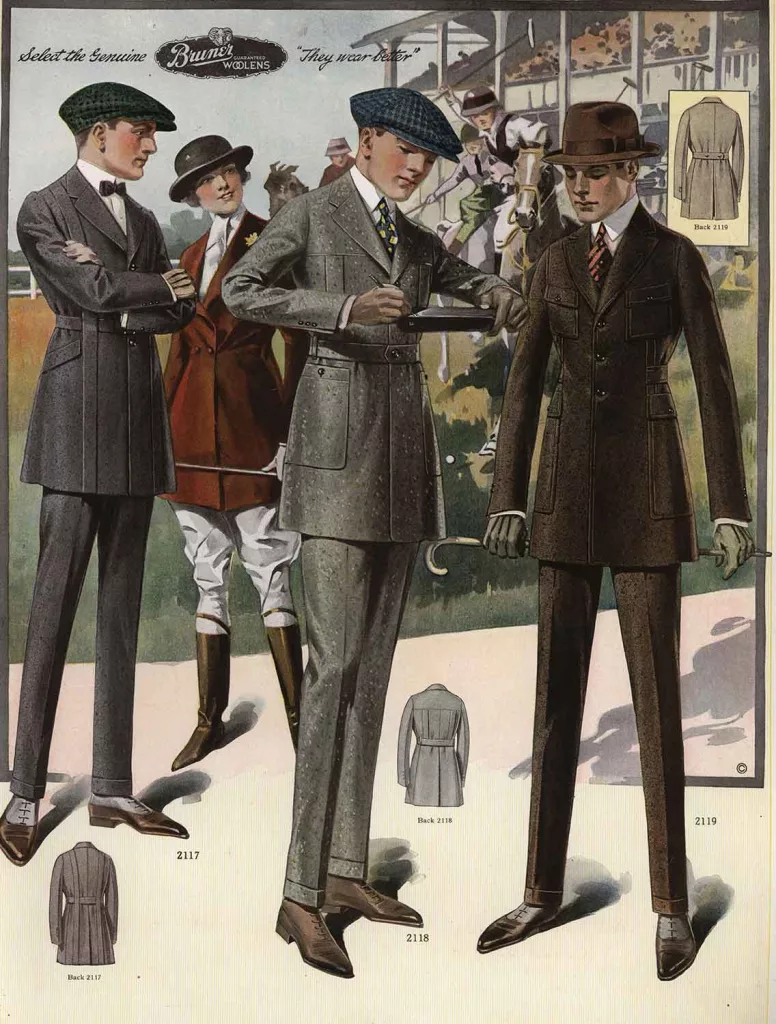
Jackets and overcoats have a tendency to match suits and pants. If the suit were fitting at the waist, the coat would be as well. Men’s jackets featured large shoulders and wide lapels and typically went below the knee. Some were fitted at the top and Roaring 20s at the waist and hips to flatter any figure. Although outerwear could be practically any size and design, the straight hanging coat, which did not tighten at the waist, was a particularly fashionable alternative.
The grace of 20’s fashion: Suit
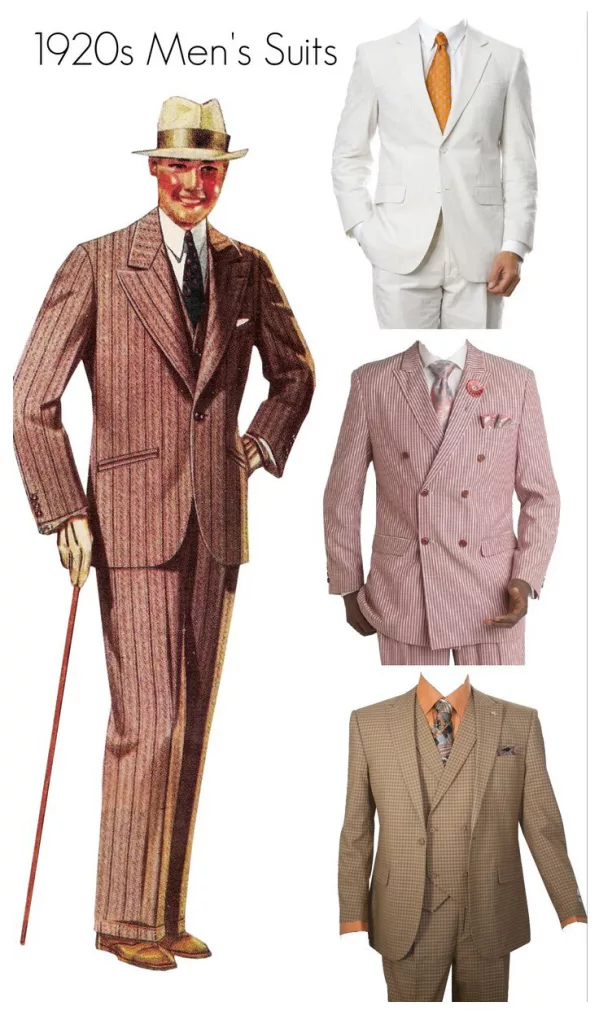
The so-called “jazz suit” was another popular design in the 1920s. Their incredibly slender shapes and very high waists were the most distinguishing elements to give you the perfect hourglass figure. Mens Suit in the Roaring 20s were remarkably similar to those worn now, and they had a thinner fit and a simpler design towards the start of the decade. They’d loosen up and become more colorful towards the end of the decade. Many men still favored the conventional tuxed or three-piece suit for formal occasions and nighttime functions. Suits with micro-patterns or black and white pinstripes were popular at the time, inspired by criminals. Blue, grey, brown, and white were popular hues.
Dress Shirts: Softer, With Attached Collars
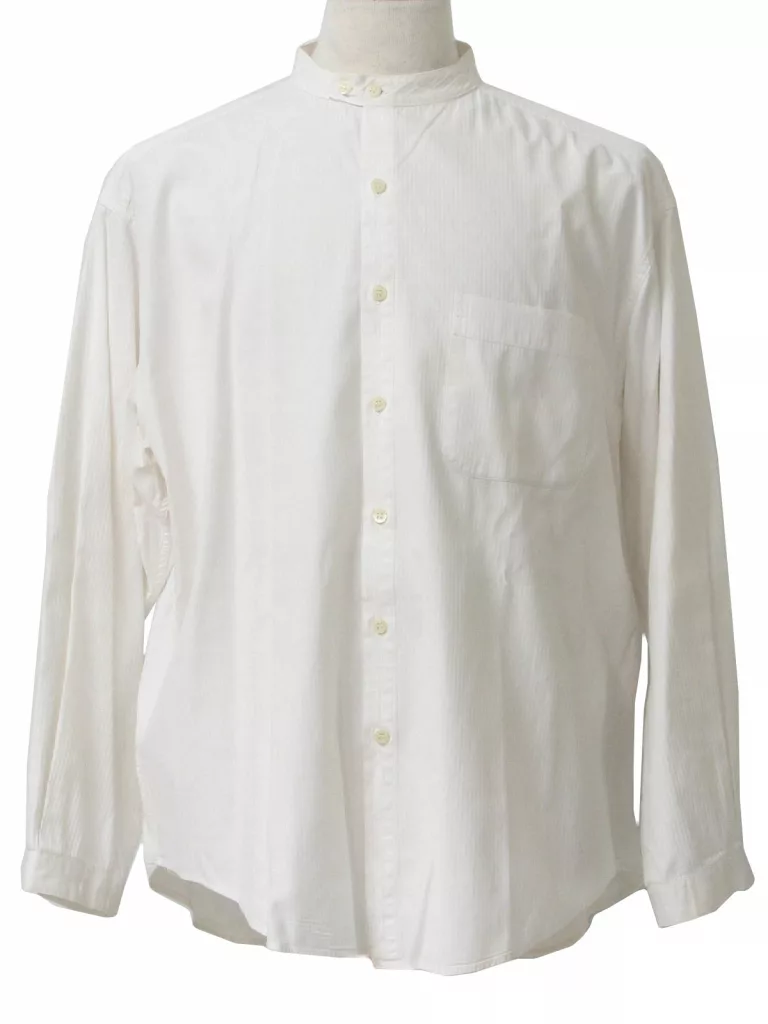
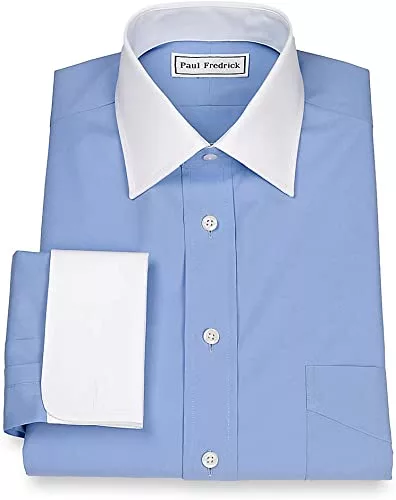
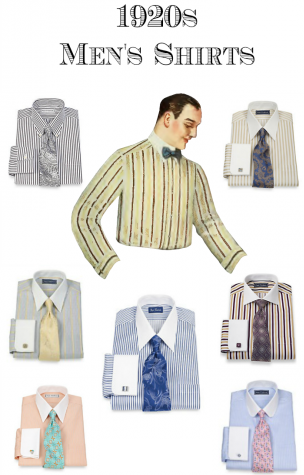
Button-down shirts for men usually came in a plain hue, like pastel, or with contrasting vertical stripes. The curved collar of these shirts was removable for simple cleaning and allowed the wearer to show off their tie.
The stiff, unpleasant, white, detachable round-edge club shirt collar was the start of shirt fashion in the Roaring Twenties. Throughout the 1920s, the striped shirt with white cuffs and pointed collars became popular. The soft, bright, and relaxed day shirts contributed to a famous unbuttoned collar design.
Waistcoats and Vests
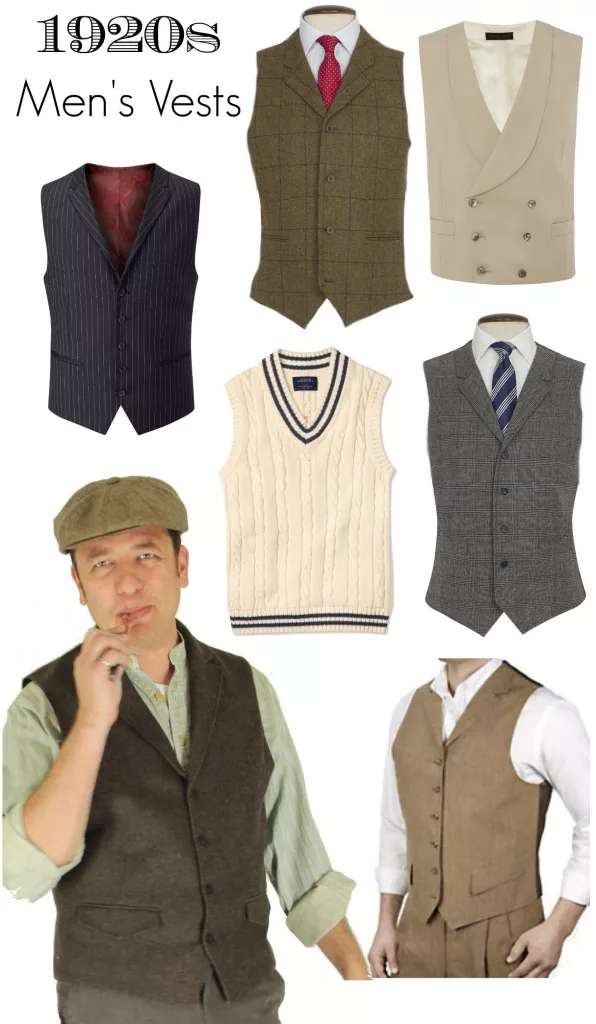
Wearing a vest contributes to the aesthetic of a 1920s suit. Vests aren’t as fashionable as they once were, but they were an essential part of the Roaring Twenties look. Vests streamlined the center of the body and emphasized the stylish high lapel. Men would wear a double-breasted vest with a high neckline and a snug fit. They’d pair it with a single-breasted blazer. This was a trendy appearance among young men who were influenced by the contemporary art movement’s trends.
Twenties Trousers
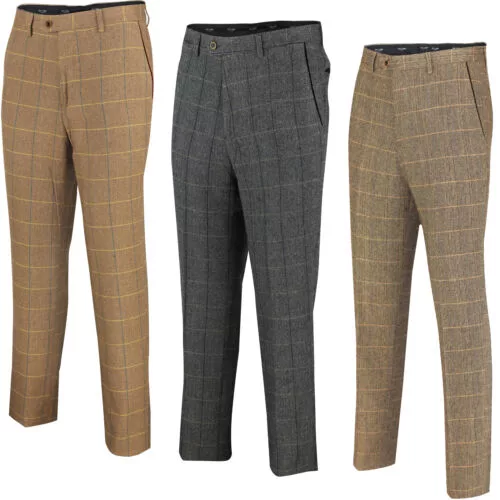
In the 1920s, there was a lot of variation in pant designs. Straight and wide-legged trousers were popular, as were “turn-ups” on traditional-length pants. This was demonstrated by a broad bottom cuff that physically “curved up” from the pant hem. The waistband was a long way above the wearer’s natural waist.
Knickerbockers were another kind of pant popular in the 1920s. These were baggy trousers that were worn in a casual context, such as when golfing or participating in other sports
Footwear for Men
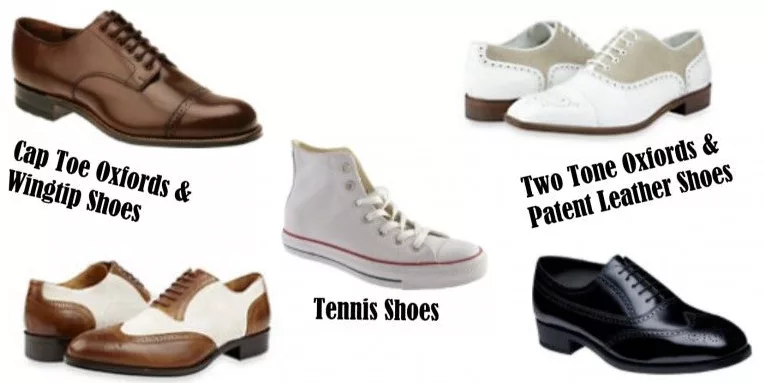
The introduction of color in shoes was a significant shift in the 1920s. Previously, single-color shoes were popular, but in the 1920s, the wingtip design became popular as it was connected with the jazz era. Patent leather shoes, two-tone sports shoes, high-cut work boots, and winter boots were all popular choices in the age of 1920s.
Wingtip shoes were more informal than the single-color spats of earlier decades, yet they added flair to men’s footwear. Men began to wear this type with a perforated flap over the lace, even though patent leather was still the only formal style shoe available. This gave the shoes an artful look and indicated that the wearer belonged to the jazz era. Shoes can be two-toned, with the most popular hues being white and brown or black.
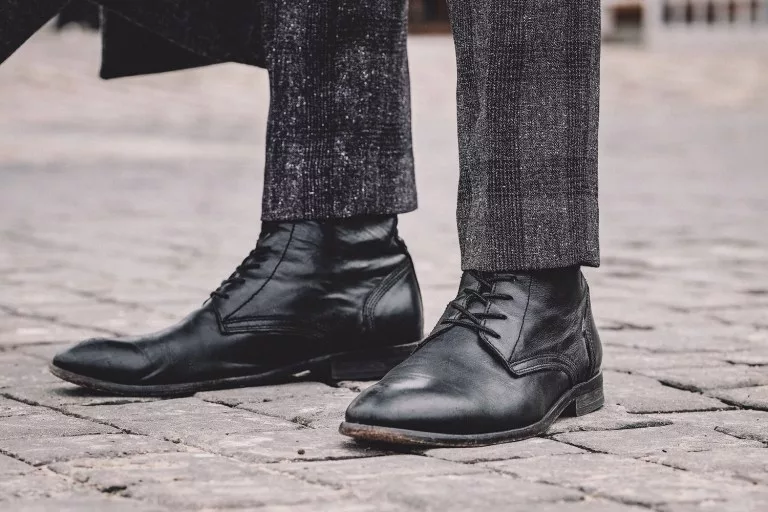
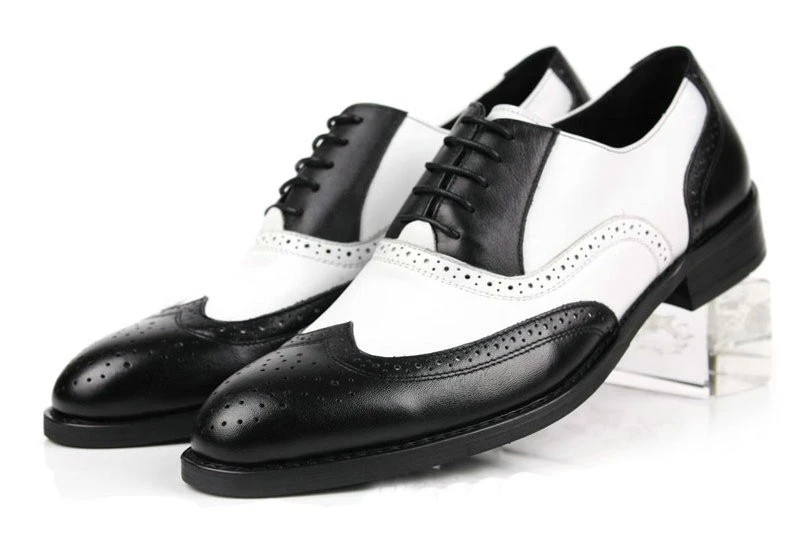
Men’s Headware
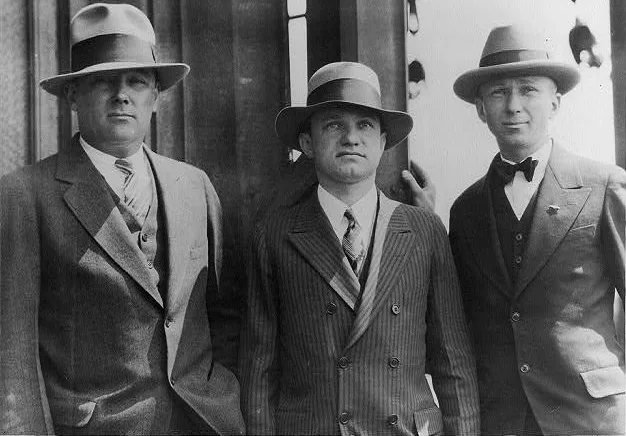
Gentlemen would frequently wear top hats with matching tuxedos for formal events. They were worn in a variety of fashions during the 1920s. Hats were a must-have for men’s attire, and they didn’t leave the house without one. The flat newsboy cap was the most casual hat style, and the most formal hat style was the Top Hat. A flat straw hat with a colorful ribbon around the rim was known as the Boater Hat. Fedoras and bowler (or derby) hats were famous among middle-class men as a more informal alternative to top hats. Dark hues for winter and bright colors for summer were available.
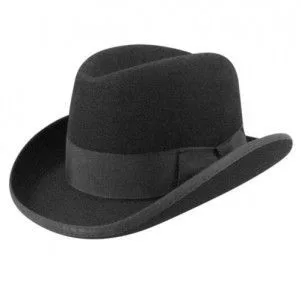
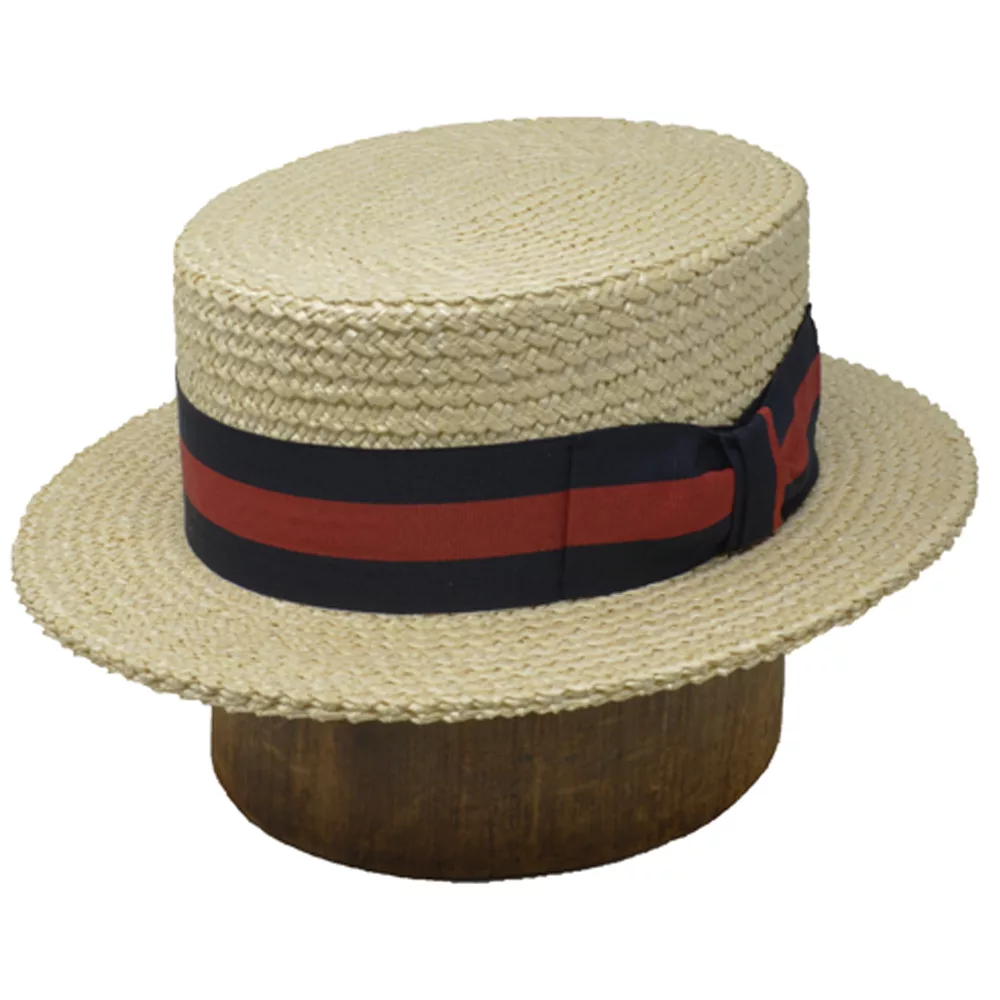
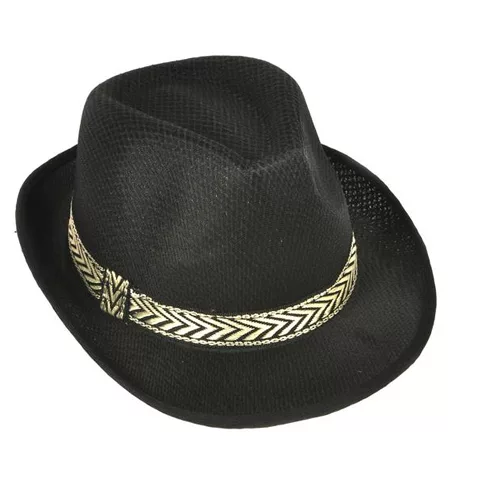
Influence of Sports
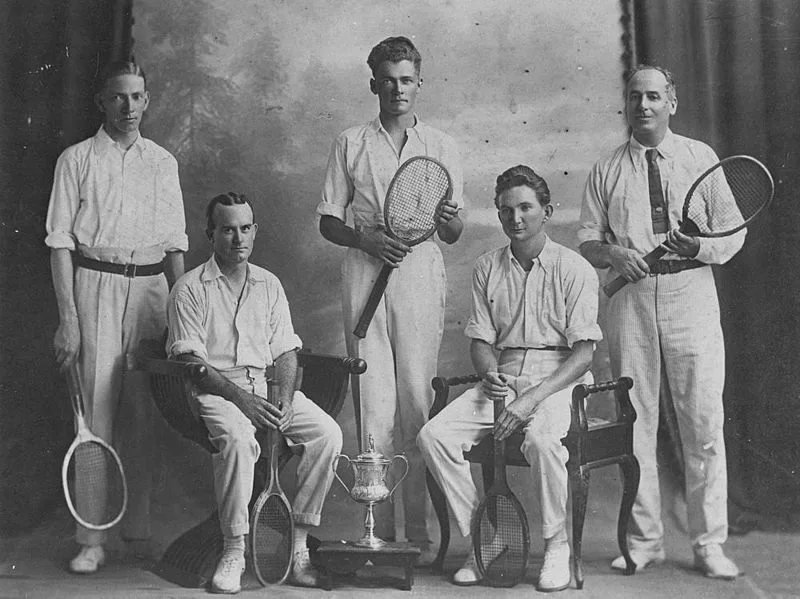
During the 1920s, mens fashion attire was impossibly formal, needing many changes each day to comply with traditional norms. For the elite and middle classes, formal clothing norms were relaxed in the 1920s. The influence of athletics and the growth of sports stars resulted in unintentional modifications in men’s fashion. Golf had a significant effect on men’s fashion. The mandatory outfits of sports stars impacted this look. Sweaters in pure hues like white or navy, as well as cable knits, were featured. Men wore these sweaters and knit shirts with the knickerbockers or plus-fours listed above for casual pants. The gentlemen also wore dress shirts, sweaters, and silk neckties.
Haircuts and styles of the 1920s
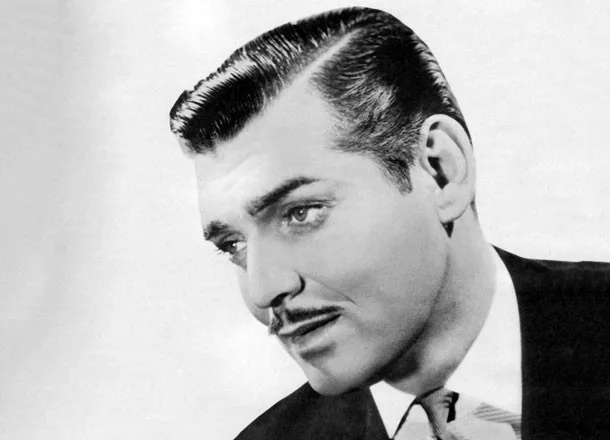
Hair was still heavily inspired by military style in the 1920s, with clean, tight-shaved appearances dominating. Men often parted their hair to the side and used pomade to keep it in place. The pomades gave the hair a glossy finish and kept it sleek.
Accessories
Besides hats, essential for fashion, additional accessories included brighter-colored suspenders, and waist belts became increasingly fashionable around this period. Men wanted these belts to keep their pants in place when their waistlines shrank. Sunglasses and round-framed glasses were among the other accouterments. Men typically used them when driving, which were usually coupled with straw hats for driving flair. Bow ties were the popular choice for more formal attire and some upper-class members. Men paired this look with colorful pocket squares to add a splash of brightness.
Men’s fashion from the 1920s is still popular, and this look is appropriate for formal events. If you want to have your outlook from the 1920s, then all of the Roaring 20s styles as mentioned above and clothing are available on our website for your perfect makeover.

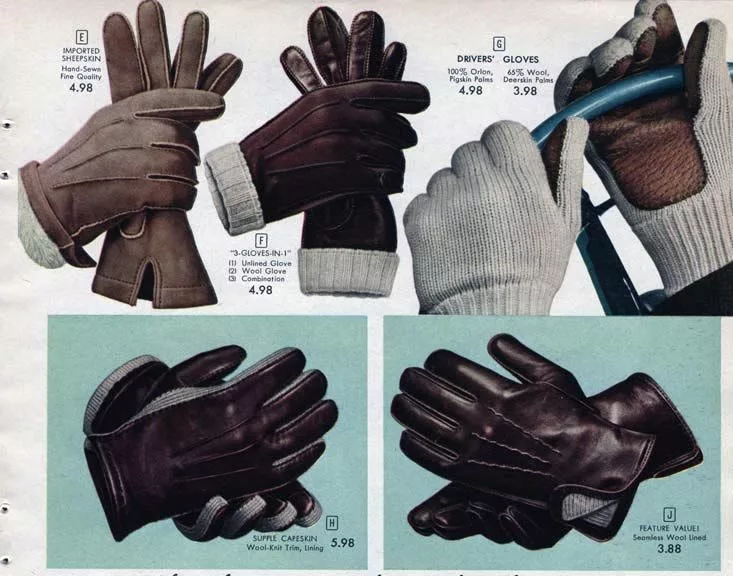
Leave a Reply